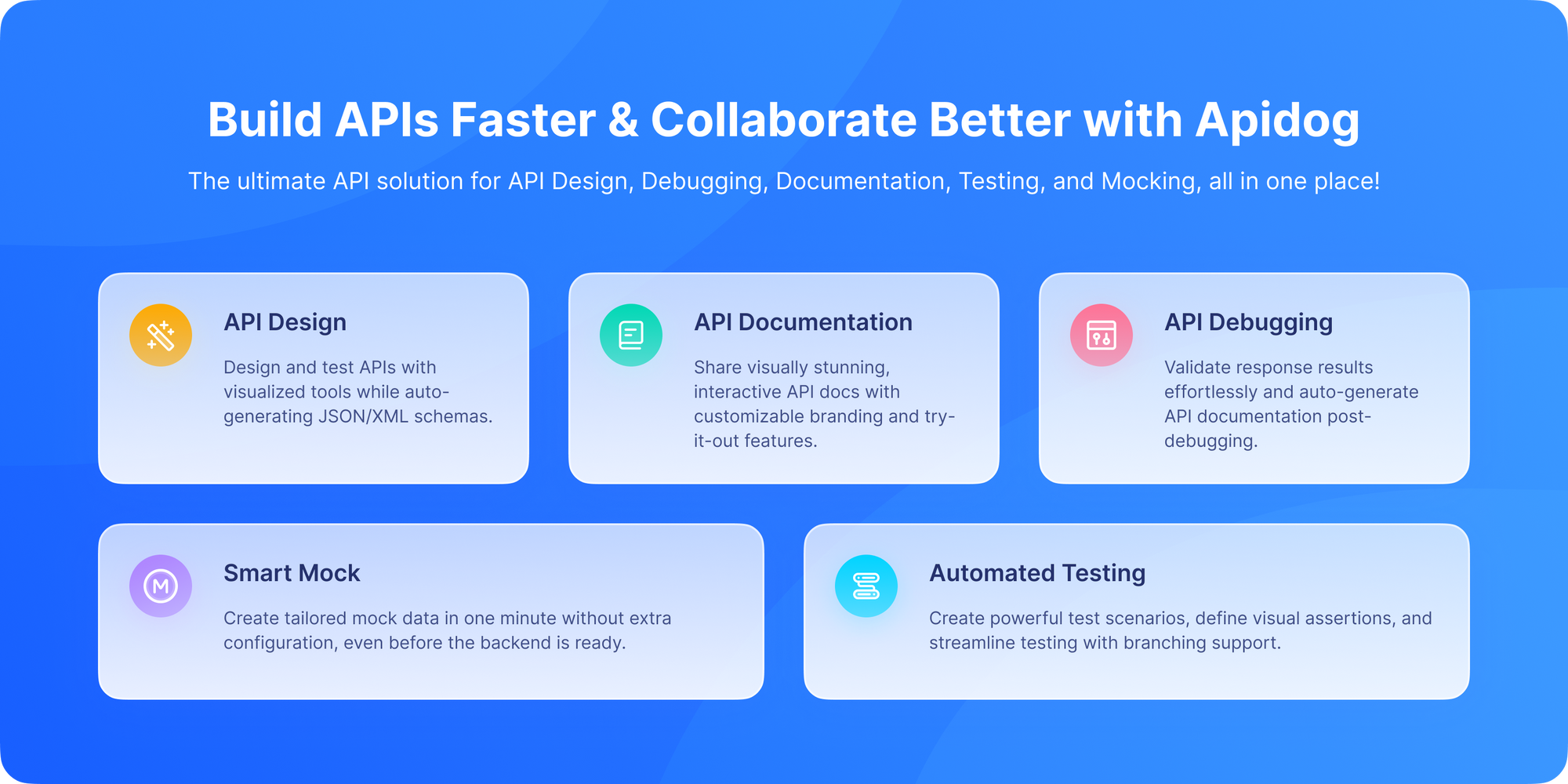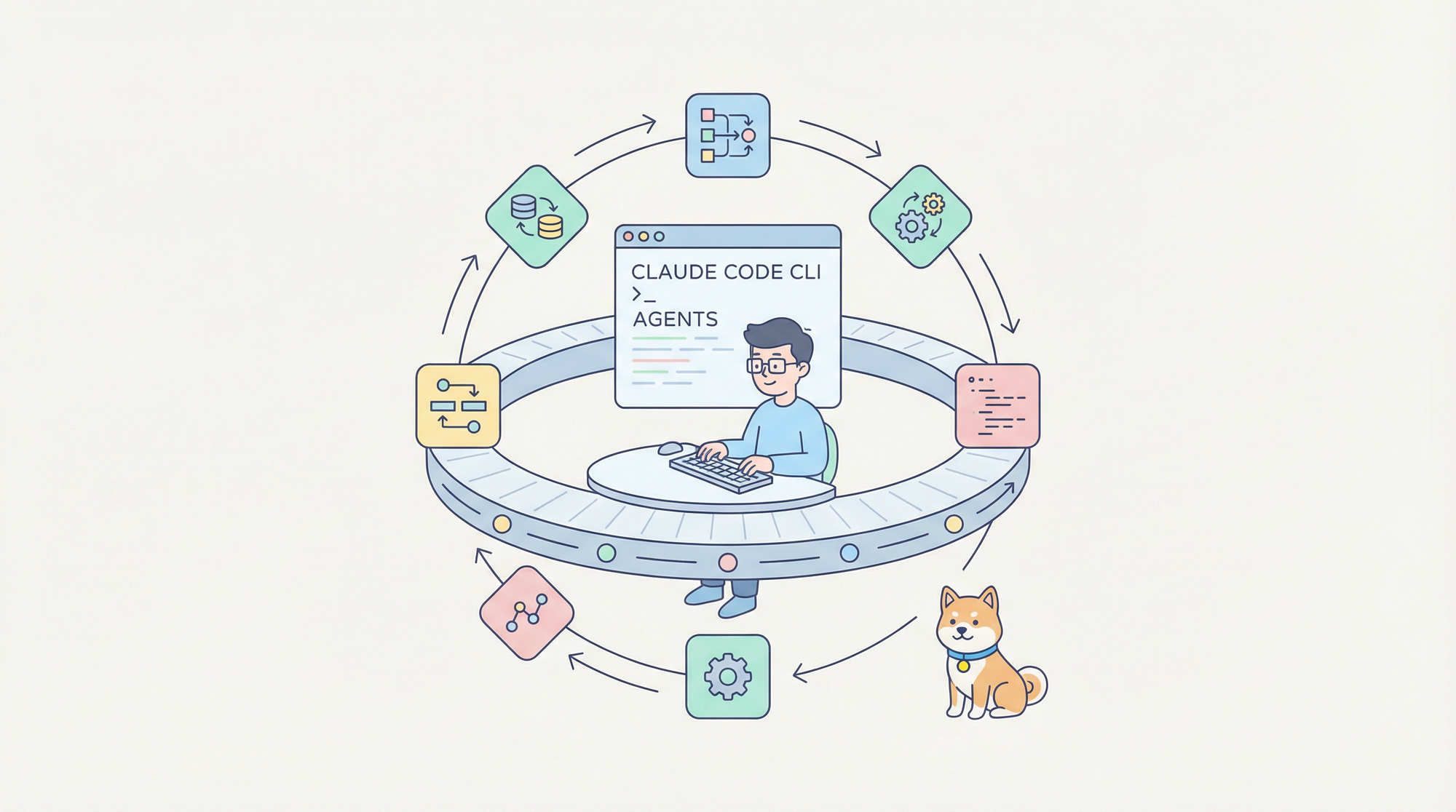You're logged into your company's internal wiki. You can view most pages, but you click a link labeled "Executive Salary Data" and are immediately met with a stark message: "403 Forbidden. You do not have permission to access this resource." The server knows exactly who you are, but it's drawing a very clear line: you shall not pass.
This is the definitive experience of the 403 Forbidden HTTP status code. Unlike its often-confused cousin 401 Unauthorized, which is about identity, the 403 error is all about permissions. It's the server's unambiguous way of saying, "I know exactly who you are, but you are not allowed to do what you're trying to do."
It's the digital equivalent of using your employee keycard to enter the office building (authentication = 200 OK) but finding a locked door to the CFO's office that your keycard doesn't open (authorization failure = 403 Forbidden).
If you're a developer building applications with user roles and permissions, or a user trying to understand why you're blocked, understanding the 403 code is crucial.
200 OK versus a 403 Forbidden.Now, let's explore the purpose, causes, and nuances of the HTTP 403 Forbidden status code.
The Problem: Authentication vs. Authorization
To understand 403, we must first clear up the most common confusion in web security: the difference between authentication and authorization.
- Authentication (AuthN): The process of verifying who you are. This is about identity. "Are you a valid user of this system?" This is what a login page does.
- Authorization (AuthZ): The process of verifying what you are allowed to do. This is about permissions. "Now that I know who you are, are you permitted to perform this specific action?" This is what access control lists (ACLs) and user roles manage.
The 403 status code is the HTTP protocol's specific signal for an authorization failure.
What Does HTTP 403 Forbidden Actually Mean?
The 403 Forbidden status code indicates that the server understood the request and recognized the client's identity, but is refusing to fulfill it. The client should not repeat the request without modification simply trying again won't help.
Unlike 401 Unauthorized, a 403 response generally does not include a WWW-Authenticate header. Why? Because asking the client to re-authenticate is pointless. The server already knows who they are; the problem is their permissions, not their identity.
A typical 403 response is simple:
HTTP/1.1 403 ForbiddenContent-Type: text/html
<html><head><title>403 Forbidden</title></head><body><center><h1>403 Forbidden</h1></center></body></html>
For APIs, it's more helpful to return a JSON body with details:
HTTP/1.1 403 ForbiddenContent-Type: application/json
{
"error": "Forbidden",
"message": "Insufficient permissions to delete this resource.",
"required_role": "admin"
}
Why Do We Get a 403 Forbidden Error?
Several reasons can cause a 403 response, including:
- Insufficient permissions: The user or client doesn’t have the required rights to access the resource.
- IP blocking: The client IP is banned or restricted.
- Directory restrictions: The web server forbids access to certain directories or files.
- Geolocation restrictions: Content is blocked in certain regions.
- Misconfigured permissions: Server or file permission issues limiting access.
- Request for forbidden resources: Trying to access restricted URLs like admin pages without privileges.
The 403 vs. 401 Showdown: A Clear-Cut Difference
This is the most important distinction to master. Let's make it crystal clear.
| Scenario | Correct Status Code | Reason |
|---|---|---|
You try to access /admin without logging in. |
401 Unauthorized |
The server doesn't know who you are. It will likely include a WWW-Authenticate header to prompt for login. |
You log in as a regular user, then try to access /admin. |
403 Forbidden |
The server knows you are a valid user ("johndoe"), but your user role doesn't have permission to access the admin panel. |
| You send an API request with an expired or invalid JWT token. | 401 Unauthorized |
Your credentials (the token) are invalid. The server cannot trust your claimed identity. |
You send an API request with a valid JWT token for a viewer role, but try to DELETE a resource. |
403 Forbidden |
The server trusts your identity (viewer role) but that role is not authorized for DELETE actions. |
The Simple Rule of Thumb:
- If the problem is bad/missing credentials, it's a
401. - If the problem is insufficient permissions, it's a
403.
What Does a 403 Forbidden Response Look Like?
Typically, a server responds to forbidden requests with:
textHTTP/1.1 403 Forbidden Content-Type: text/html Content-Length: 123
<html> <head><title>403 Forbidden</title></head> <body> <h1>Forbidden</h1> <p>You don’t have permission to access this resource.</p> </body> </html>Custom messages and branding vary by site.
Common Causes of 403 Forbidden Errors
There are many reasons a server might return a 403. Understanding these helps with debugging.
1. File System Permissions (The Classic Web Server 403)
This is the most common 403 for static websites. The web server process (e.g., www-data on Linux) does not have read permission on the file or directory being requested. This is a system-level permission issue.
2. IP Address Blocking
The server may be configured to deny access to requests coming from specific IP addresses or geographic regions. This is a common security measure.
3. User Role Restrictions (Application Logic)
This is the most common cause in web applications and APIs.
- A user tries to access an admin page.
- A viewer tries to edit a document.
- A user tries to access another user's private data (e.g.,
GET /users/123/profilewhen their ID is456).
4. Hidden Files
Web servers are often configured to return 403 for requests to files that start with a dot (e.g., .htaccess, .env) to prevent sensitive configuration files from being exposed.
5. Bans and Suspensions
A user's account might be in good standing (so they can authenticate successfully, avoiding a 401), but they may be temporarily suspended from a specific service or forum, resulting in a 403.
Examples of 403 in Web Browsers
If you’ve browsed the web long enough, you’ve probably seen:
403 Forbidden
You don’t have permission to access /private/ on this server.
Sometimes it’s a plain white page with “403 Forbidden.” Other times, websites customize it with helpful messages (or funny ones).
How Users Can Deal With 403 Forbidden Errors
If you see a 403 error on a website or while using an app:
- Check your credentials: Ensure you’re logged in with appropriate permissions.
- Try clearing cookies and cache: Sometimes invalid sessions cause access issues.
- Contact site administrators: If you believe you should have access, reach out.
- Check your network: If IP-based restrictions exist, switching networks or using a VPN might help.
- Double-check URLs: Sometimes URLs with typos or improper requests trigger 403s.
How Developers Should Handle 403 Forbidden
From a developer’s perspective, handling 403 properly ensures security and good user experience:
- Return 403 only when the user is authenticated but not authorized.
- Provide meaningful error messages without exposing sensitive info.
- Implement role-based access control (RBAC) checks server-side.
- Log 403 events for auditing and monitoring.
- Use Apidog to test API endpoint authorization and verify 403 behavior.
- Ensure proper configuration of file and directory permissions.
- Avoid sending 403 for unauthenticated users use 401 in those cases.
403 Forbidden in APIs
For developers, 403 pops up all the time in API testing:
- Calling a payment API without the required
scope=transactions. - Trying to delete a resource with a read-only API key.
- Accessing an endpoint outside of your plan’s limits.
Example JSON response:
{
"error": "forbidden",
"message": "You do not have permission to access this resource."
}
This is why testing APIs with tools like Apidog is critical you can simulate different tokens, scopes, and headers until you find the root cause.
Real-World Scenarios Where You’ll Encounter 403
- A student trying to access a university’s private research database.
- An employee with a “user” role attempting to access HR admin dashboards.
- A free-tier API key being used on a premium-only endpoint.
- A blocked IP trying to crawl a website.
Debugging 403 Errors Step-by-Step
When you face a 403 Forbidden, here’s the process:
- Check your credentials → Are you logged in correctly?
- Verify permissions/roles → Do you have access rights?
- Inspect API scopes → Does your token grant the required scope?
- Look at server settings → File permissions,
.htaccess, firewall rules. - Test with Apidog → Try the same request with headers and tokens configured properly.
Testing and Debugging 403s with Apidog

For developers, testing permission logic is critical. You need to ensure that your admin tokens can access everything, your user tokens can access user-level endpoints, and your viewer tokens get 403s when they try to edit or delete. Apidog is perfect for this workflow.
With Apidog, you can:
- Manage Multiple Auth Tokens: Store API keys or JWT tokens for different user roles (e.g.,
Admin_Token,User_Token,Viewer_Token) in Apidog's environment variables. - Switch Roles Instantly: Quickly change which token is being used for your requests to simulate different users.
- Test Endpoint Security: Send a
DELETErequest to/api/users/123first with anAdmin_Token(should get200or204) and then with aUser_Token(should get403 Forbidden). - Validate Error Responses: Check your
403responses that include helpful error messages in the body, making it easier for frontend developers to display a useful error to the user. - Automate Permission Tests: Create test suites in Apidog that automatically run through a series of requests with different permission levels to ensure your authorization rules are consistently enforced.
This systematic testing is essential for building secure applications. Instead of guessing why you're getting blocked, you can run structured tests to isolate the cause. Download Apidog for free to empower your API testing and ensure robust access control.
Best Practices for Handling 403s
For Server Developers:
- Be Consistent: Always return
403for authorization failures, not404(which would hide the resource's existence) or a generic400. - Provide Context (for APIs): Include a descriptive error message in the response body to help developers understand why the request was forbidden (e.g.,
"Insufficient scope: requires 'write:users' permission"). - Log the Attempts: Log
403errors for security auditing. You'll want to know if a particular user is repeatedly trying to access forbidden resources. - Consider 404 for Private Resources: In some cases, if a user doesn't have permission to know whether a resource exists at all (e.g., checking if a username is taken), returning
404 Not Foundinstead of403 Forbiddencan be a security measure to avoid information leakage.
For Client-Side Developers:
- Don't Prompt for Login Again: If you get a
403, don't automatically redirect the user to a login page. Their authentication is likely fine; their permissions are the issue. - Show a User-Friendly Message: Display a message like, "You don't have permission to view this page. Please contact an administrator if you believe this is an error."
- Hide UI Elements: If possible, use your knowledge of the user's roles to hide buttons or links that would lead to
403errors before the user even clicks them.
SEO Impact of 403 Forbidden
Generally, 403 errors do not have direct SEO penalties, but:
- Search engines usually avoid indexing 403 pages.
- Frequent 403 errors on public content can limit crawl efficiency.
- Keeping public resources accessible while protecting private ones balances SEO with security.
The Subtleties: 403 vs. 404 for Security
There's an ongoing debate in security circles: if a user tries to access /admin/config.json, but they aren't an admin, should you return 403 or 404?
403 Forbiddenreveals that the resource exists but is inaccessible. This is information leakage.404 Not Foundhides the existence of the resource entirely, which can be more secure.
The choice depends on your threat model. For most applications, 403 is the standard and correct response, as it's more helpful for legitimate users who encounter a permissions issue.
Troubleshooting 403 Forbidden Errors
If you encounter unexpected 403 errors:
- Confirm user roles and permissions.
- Verify server and file permission settings.
- Check for IP restrictions or firewall rules.
- Review authentication token scopes.
- Use tools like Apidog to debug API responses.
The Future of Access Control and HTTP 403
As zero-trust security and fine-grained permissions become standard, expect to see more nuanced uses of 403.
Future APIs may even provide detailed structured error responses to help developers debug faster while still keeping things secure.
Conclusion: Drawing the Boundary Line
The 403 Forbidden status code is all about permissions and authorization. Unlike 401, it doesn’t mean your credentials are missing it means you’ve shown them, and they’re valid, but you still don’t have access. The HTTP 403 Forbidden status code is a critical tool for building secure and multi-user applications. It enforces the boundaries between different user roles and protects sensitive data and functionality from unauthorized access.
Understanding the clear distinction between 401 (identity crisis) and 403 (permission denied) is a fundamental skill for any developer. By implementing robust authorization checks and returning clear 403 responses, you create a predictable and secure experience for your users. Whether you’re a user, developer, or administrator, understanding when and why 403 errors occur helps you handle them effectively, troubleshoot issues, and improve security posture.
So the next time you see a 403 error, you'll understand it's not a system failure; it's a deliberate and correct enforcement of the rules. And when you're building the authorization logic that triggers those 403s, a powerful tool like Apidog will be your best friend for testing, validating, and ensuring your application's security boundaries are as strong as they should be. And when it comes to debugging 403s in APIs, you don’t have to guess. Just download Apidog for free, run structured tests, and quickly pinpoint why your request is being blocked.



